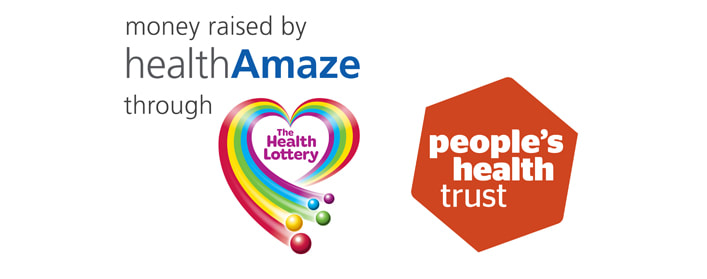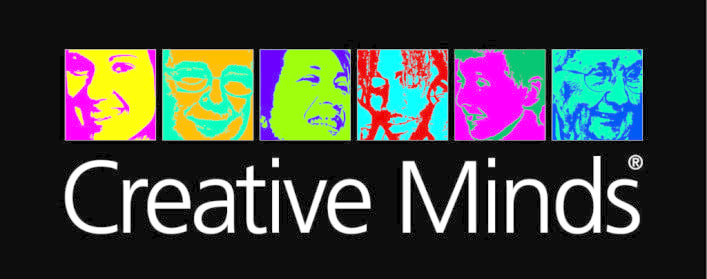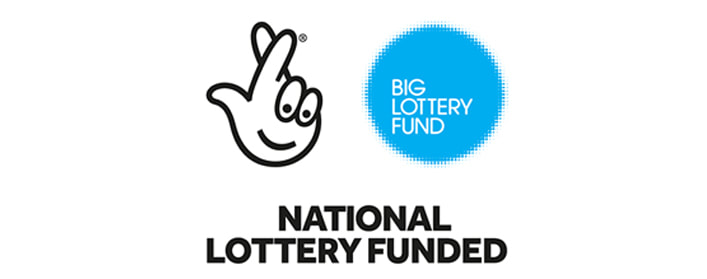|
Lead Artist Jody Gabriel reflects on lessons learned during our project, 'Learning Through the Past,' funded by The Heritage Fund. This is a bit wordy, but has a lot of detail that maybe helpful to other groups doing a similar thing. 13 different people with learning difficulties participated in film-making sessions learning and developing a range of skills. 5 of these people concentrated on it for their whole time at the project. Over 46 half-day sessions we interviewed 30 different people, including 27 of these in edited films. We developed and practised skills including: Setting up and using the video cameras, tripods, microphones, lights, light diffuser and reflector, positioning the subject and the cameras, framing the shot, communicating between camera operators to get the best shots when using more than one camera, being quiet on set, setting up the lighting using LED primary panel with diffuser and secondary lighting, getting the most out of natural light, studying different styles of documentary and chat show style interviewing, preparing questions, practicing using open questions, listening and responding appropriately, making people feel comfortable, working as a team and co-ordinating sound light camera and interviewing, editing film using iMovie application, editing by listening to extensive speech, holding this in your head while making decisions about what should be cut and what should stay, and piecing it together with other segments of film. We faced many problems along the way and there has been much to learn. There was much value at the beginning of the project in setting up a film crew. There was a lot of joy and energy in feeling professional and adopting different roles. There was value in being able to improve the quality by setting up the equipment and making adjustments and improvements, except unfortunately this level of professionalism didn’t help get the best out of people being interviewed. Having a large film crew and kit meant at worst that interviewees felt intimidated by the set up and at best cases tended to make them tight and stilted. When we had a discussion around the big table about childhood TV and passed the cameras around without tripods the discussion was free and natural, but the camera work was so shaky that we had to edit using still images grabbed from the footage. It was difficult to find a balance. Editing film is a difficult thing to do. You have to listen to complicated extensive speech, hold this in your head while making decisions about what should stay or be cut, then you have to operate the software to make this happen on the timeline. CoActive members applied themselves really well to this challenge. Working in small groups some mastered the keyboard shortcuts in imovie, while others were able to gain in confidence to make editing decisions. iMovie was good for us because there is a very simple uncluttered look, but lots of functionality via keyboard shortcuts, rather than intricate use of mouse or trackpad. It was very worthwhile for project members to be involved with editing. Feedback told us that individuals felt that they learned new skills with editing, and made them feel ownership over the work. We were able to set up three editing stations working at the same time, with three MacBook pros all operating from external hard drives. In theory this should have meant that all the separate iMovie libraries on each hard drive should have been able to be interchangeable and each hard drive could back each other up. We encountered extremely frustrating technical problems, which caused disruption to our work and made many of our sessions unproductive. Three main things happened:
We intended to release films from the project as we went along, but this happened only once. Being involved in the editing many got to see their work being formed which gave feedback and enthusiasm, but it was a real shame that we couldn’t finish and publish more films during the course of the project. Getting that hit when you film, edit and get it out quickly would have added more to the project in terms of generating energy, enjoyment and learning. Things that stalled this progress included:
If we were to extend this project or do work like this again, we would like to look at using tablets and phones to do this work. This would represent a change in values. Less energy on high quality cinematics and more emphasis on being able to work quickly and more simply, and see and publish the results immediately. There would be far less editing capability, so instead of leaving cameras running and then gathering the golden moments, we would need to know in advance what we were trying to capture to a much tighter degree. Maybe the films would be much shorter if this was the case, with just important points being made. There would be much more up front time needed with the thing being story-boarded maybe and planned in advance. For sure, we have started developing a range of approaches for different situations and needs. Problems with memory, confidence, and sequencing speech into something that someone else will find engaging is implicit to varying degrees to people with learning difficulties. We achieved greater success when for example involving Barry’s Mum with his interview. With having such a deep knowledge of her son, she was able to structure his story with him, bring photographs, remind him of things, and bring her point of view as well, which led to much deeper and interesting story. It has been a very ambitious project to achieve the outputs we promised, while involving people with learning disabilities and autism in all of the work to get there. For example it was really important to look after the humanity and care of each person and to form us as a group, so we would share news every morning, so everyone could get off their chest the stresses and joys of the day, to in turn help to focus on the work. This always took a good chunk of time that wouldn’t have happened with just professionals focusing on the task. Essentially project members enjoyed taking part, having their shared stories valued, learning new skills, and giving others a voice. Project members have grown in confidence and have a greater appreciation of other’s experiences. People were allowed to get their hands on all the equipment and have a go, and also were allowed to make mistakes, which is a prime method to learn and take ownership of the project. There is now an online catalogue of our work, linked to the actual films streamed online, which shows a range of unique and interesting personal accounts in an accessible form. It records the voices of a diverse range of people, who would of been over-looked in the past.
0 Comments
|
AuthorWrite something about yourself. No need to be fancy, just an overview. Archives
April 2022
Categories |
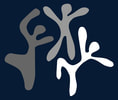
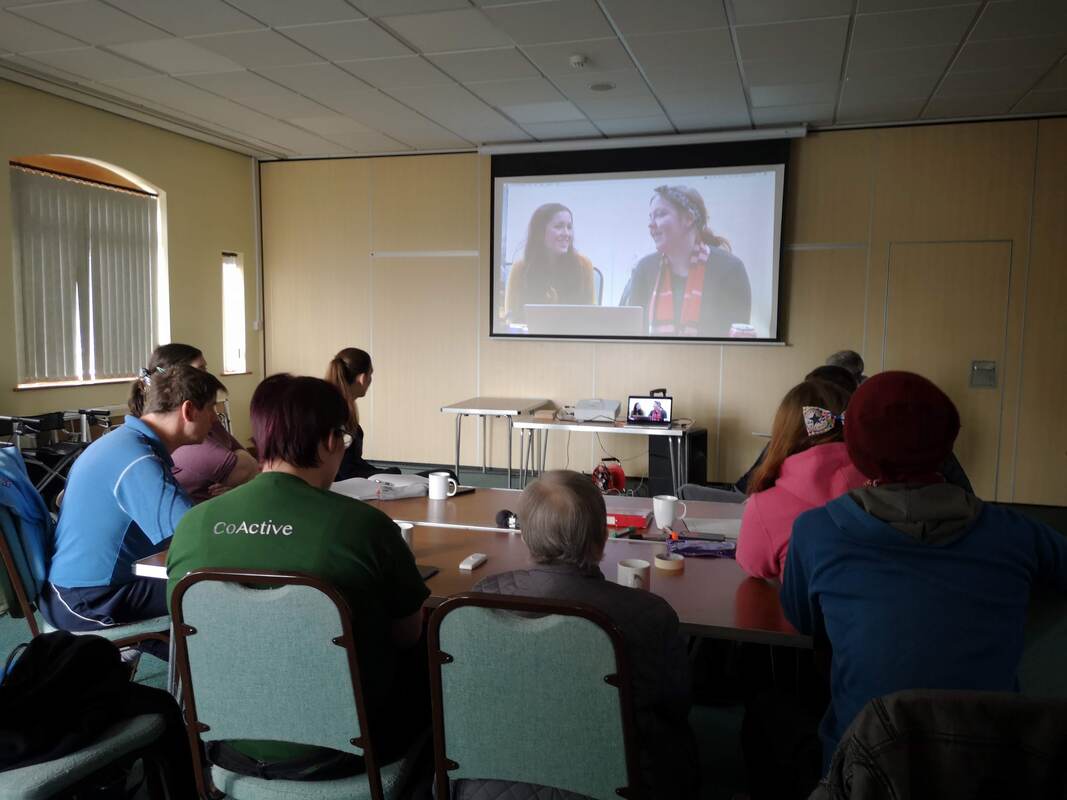
 RSS Feed
RSS Feed
